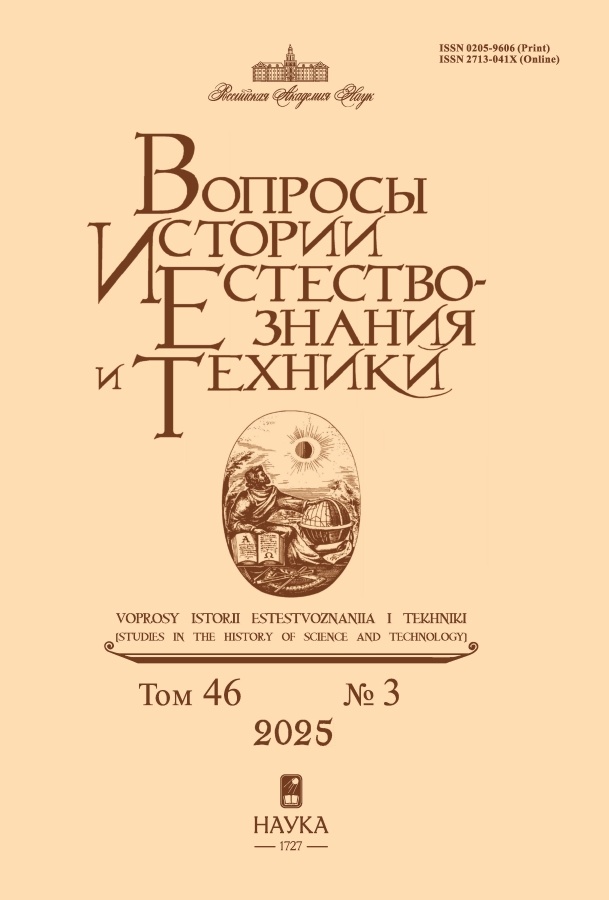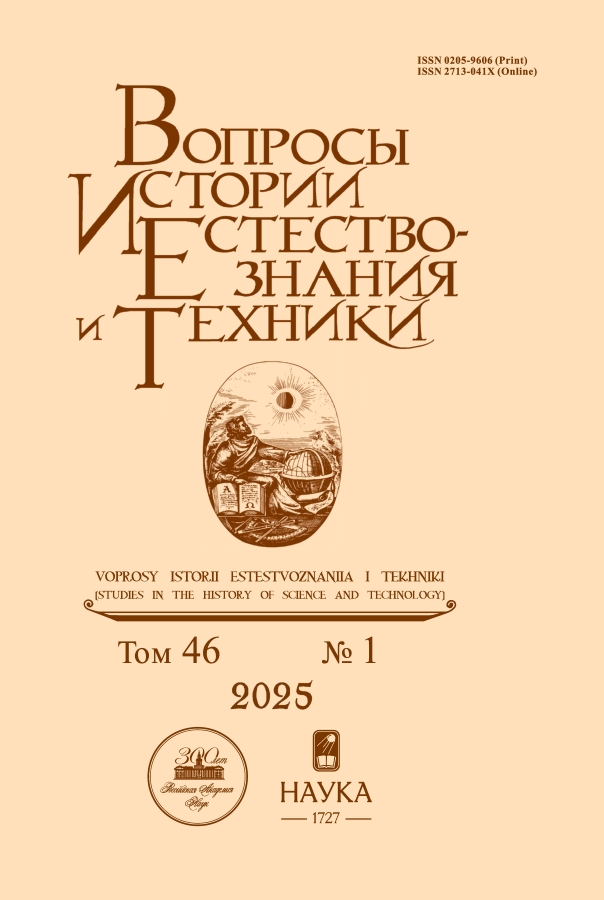К вопросу о реконструкции древнеегипетских солнечных часов из археологических раскопок в Долине Царей
- Авторы: Водолажская Л.Н.1
-
Учреждения:
- Крымский федеральный университет им. В. И. Вернадского
- Выпуск: Том 46, № 1 (2025)
- Страницы: 61-74
- Раздел: Из истории техники
- URL: https://ruspoj.com/0205-9606/article/view/684641
- DOI: https://doi.org/10.31857/S0205960625010045
- EDN: https://elibrary.ru/CNTSLY
- ID: 684641
Цитировать
Полный текст
Аннотация
В статье изложены результаты анализа особенностей часовой разметки древнеегипетских вертикальных солнечных часов на известняковой плитке, обнаруженной в Долине Царей в 2013 г. археологической экспедицией Базельского университета (Швейцария). Приводятся расчеты углов, образуемых часовыми линиями с полуденной линией для вертикальных солнечных часов с наклонным гномоном, и делается вывод о том, что разметка на плитке соответствует часовой разметке вертикальных солнечных часов со сдвигом на полчаса после полудня. Также выдвигается и доказывается гипотеза о совместном использовании вертикальных солнечных часов с наклонным гномоном, аналогичных обнаруженным в Долине Царей, и древнеегипетских L-образных солнечных часов.
Ключевые слова
Полный текст
Об авторах
Лариса Николаевна Водолажская
Крымский федеральный университет им. В. И. Вернадского
Автор, ответственный за переписку.
Email: vodolazhskayaln@cfuv.ru
Физико-технический институт
Россия, 295007, Республика Крым, Симферополь, просп. Академика Вернадского, д. 4Список литературы
- Antoniadi, E.-M. (1934) L’astronomie égyptienne: depuis les temps les plus reculés jusqua’à la fin de l’époque Alexandrine. Paris: Gauthier Villars.
- Bickel, S., and Gautschy, R. (2014) Eine ramessidische Sonnenuhr im Tal der Könige, Zeitschrift für ägyptische Sprache und Altertumskunde, vol. 141, no. 1, pp. 3–14.
- Borchardt, L. (1911) Altägyptische Sonnenuhren, Zeitschrift für ägyptische Sprache und Altertumskunde, vol. 48, pp. 9–17.
- Clagett, M. (1999) Ancient Egyptian Science: A Source Book. Philadelphia: The American Philosophical Society Press, vol. 3: Ancient Egyptian Mathematics.
- Couprie, D. L. (2013) The Qumran Roundel and the Mrḫyt: A Comparative Approach, Dead Sea Discoveries, vol. 20, no. 2, pp. 264–306.
- Frankfort, H. (1933) The Cenotaph of Seti I at Abydos. London: William Clowes and Sons, Limited, vol. 2.
- Griffith, F. Ll., Flinders, P. W. M., and Brugsch, H. (1889) Two Hieroglyphic Papyri from Tanis. London: Trübner & Co.
- Ideler, L. (1831) Lehrbuch der Chronologie. Berlin: A. Rücker.
- Pipunyrov, V. N. (1982) Istoriia chasov s drevneishikh vremen do nashikh dnei [History of Clocks from Ancient Times to the Present Day]. Moskva: Nauka.
- Rohr, R. R. J. (1996) Sundials: History, Theory, and Practice. New York: Dover Publications.
- Savoie, D. (2009) Sundials Design Construction and Use. Chichester: Springer& Praxis Publishing.
- Symons, S. (1999) Ancient Egyptian Astronomy: Timekeeping and Cosmography in the New Kingdom. Submitted for the Degree of Doctor of Philosophy. Department of Mathematics and Computer Science, University of Leicester. Leicester, 1999.
- Vodolazhskaya, L. (2013) Analemmatic and Horizontal Sundials of the Bronze Age (Northern Black Sea Coast), Archaeoastronomy and Ancient Technologies, vol. 1, no. 1, pp. 68–88.
Дополнительные файлы























